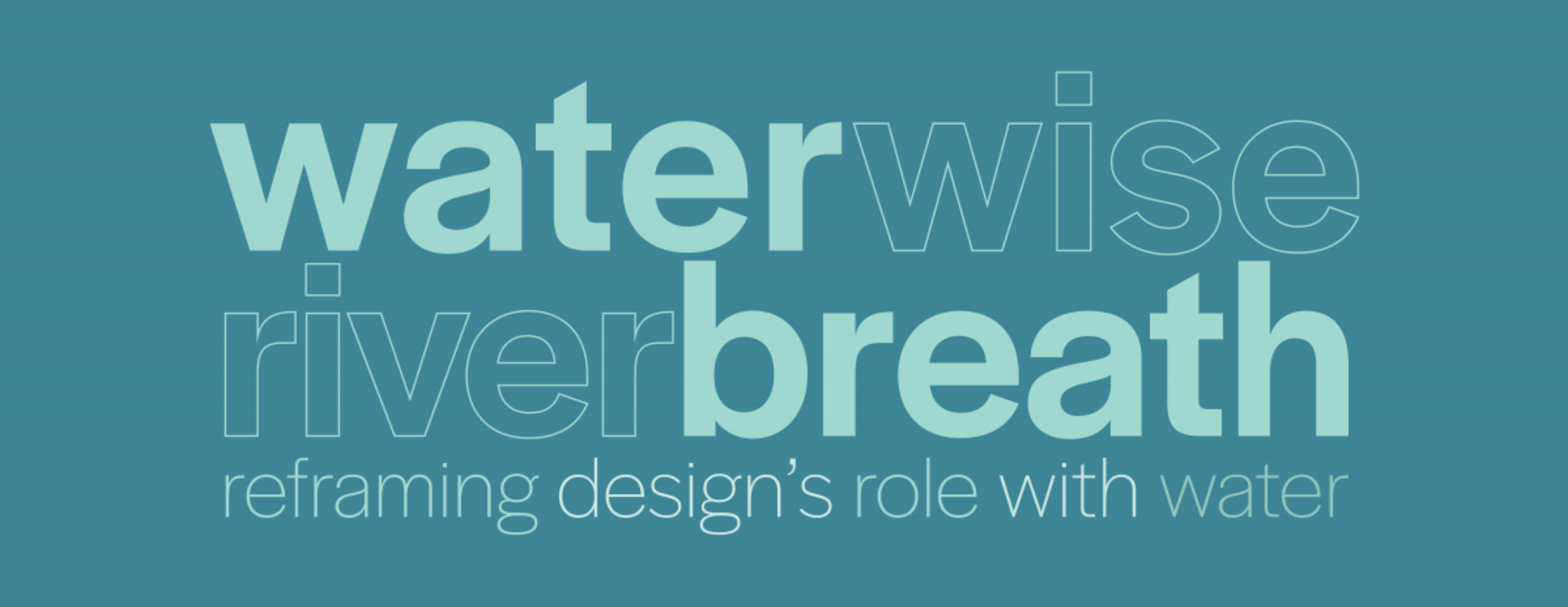Nourishing, cleansing, rinsing, cooling, transforming, carrying. Water is habitat for life. And yet, our water systems—pipes, purifiers, desalinators, and means for access—are designed on the premise of empirical structures that fail to distribute with equity.
Two river watersheds nearly 8,000 kilometres apart provide a lens from which to explore a nuanced human relationship to water. The glacier-fed North Saskatchewan River flows through Alberta and Saskatchewan before draining into the Hudson Bay. In contrast, Amazonia, the river basin of the Amazon River in South America, is known for its considerable biodiversity and recently, a rapidly diminishing tropical rainforest. It has served as a stage where the differing values of water as a “resource” versus water as a “source of life” have been playing out since the 1940s. How do we interpret the right to water? And, do rivers have rights?
Our use of, and respect for water is negotiated by approach. Architect Wanda DallaCosta and artist Lana Whiskeyjack, both from the Saddle Lake Cree Nation in the North Saskatchewan Watershed, call attention to the plurality of voices missing in contemporary water discourse. The visual and aural narratives they have co-curated reveal an interplay between abundance, scarcity and resilience.
A decade ago, the Inter-American Court of Human Rights ruled in favour of the Kichwa Indigenous people of Sarayaku in the southern part of the Ecuadorian Amazon, to uphold their right to life. Resulting from a series of legal battles when the State of Ecuador granted an Argentinian oil company access to the ancestral territory, the story continues to play out today. The film Forest Law by Swiss artist Ursula Biemann reveals an alternative narrative to the one of resource extraction. Layering river, forest and natural rights into one, the question of “water” elicits the question, do rivers have rights? Ecuadorian architect Ana María Durán Calisto further reveals a dehumanizing effect of water under the lens of nature as a “resource” by exploring three ecologies of Amazonia settlement from the deep past to the carbon form of the future.
Artist Tanya Harnett, a member of the Carry-The-Kettle First Nations in Saskatchewan and Canadian artist Marlene Creates feature works documenting the rivers in Alberta and Saskatchewan.
Read an essay by Ana María Durán Calisto here.
Organized by the Art Gallery of Alberta and curated by Amery Calvelli. Presented by the Poole Centre of Design and sponsored by Enbridge.

